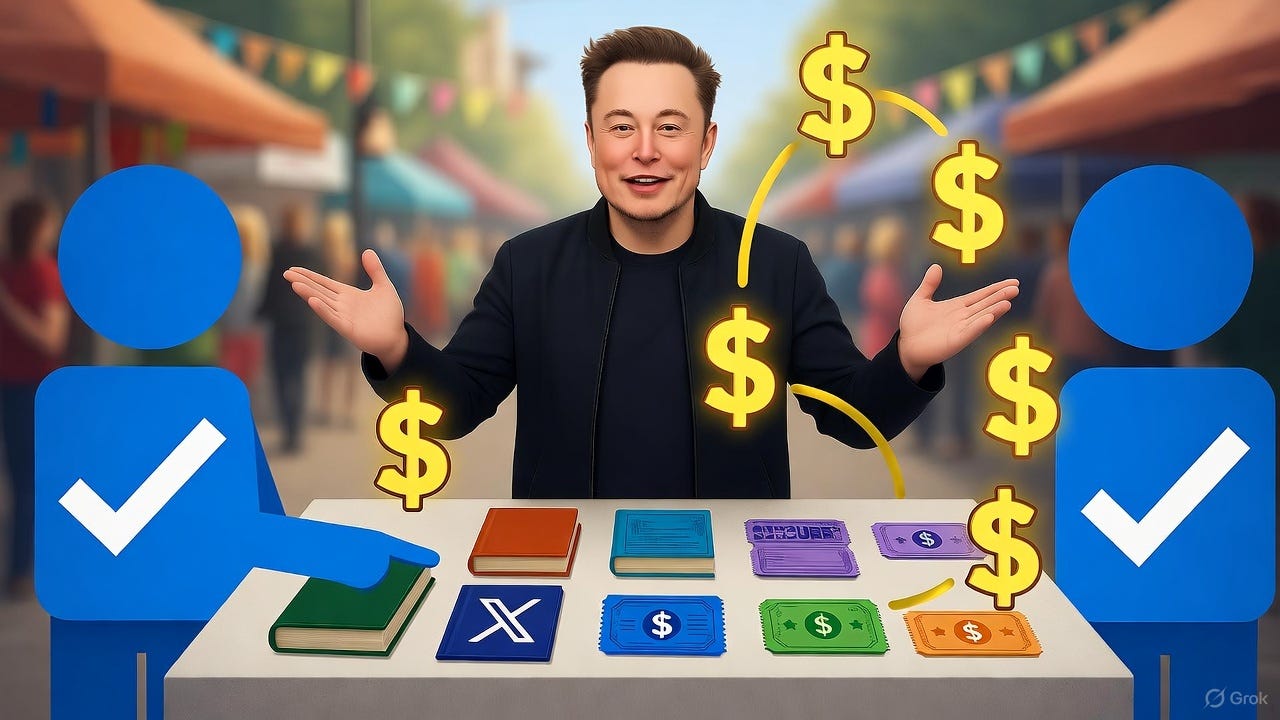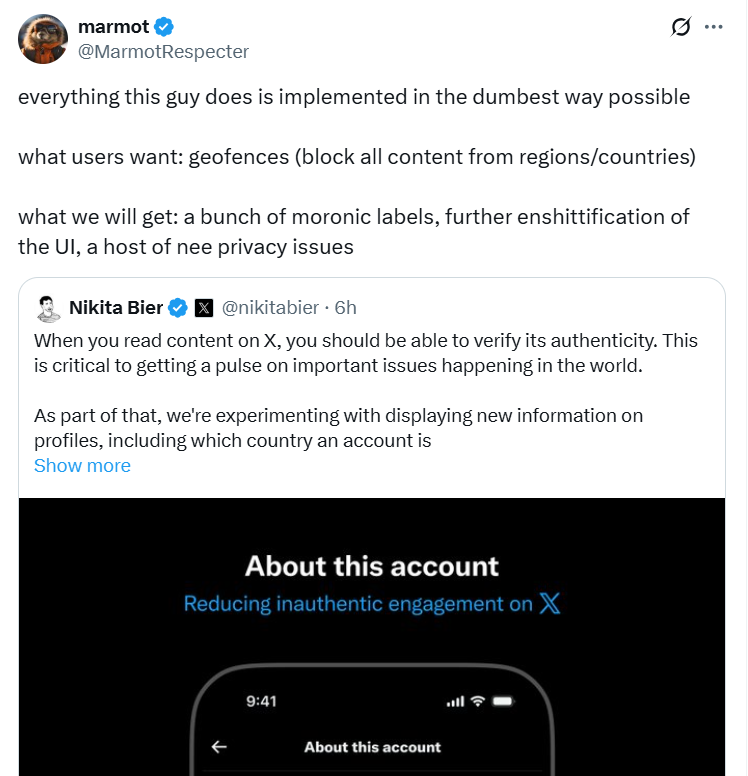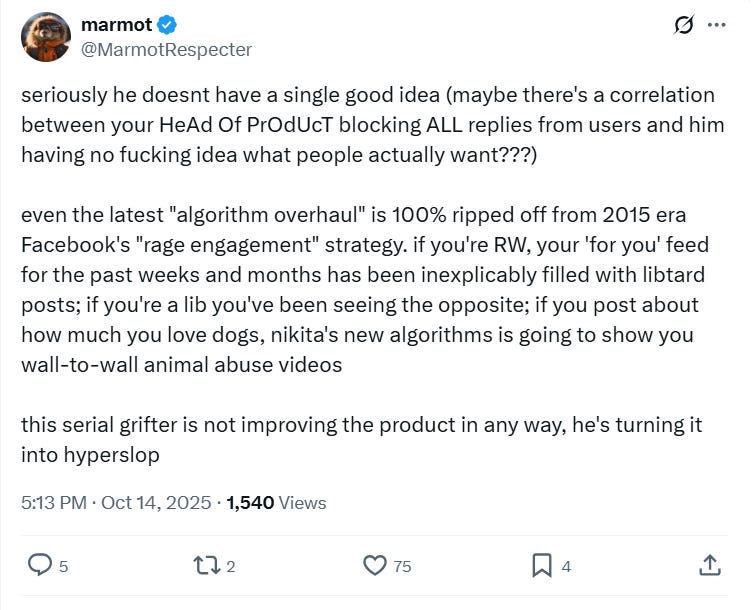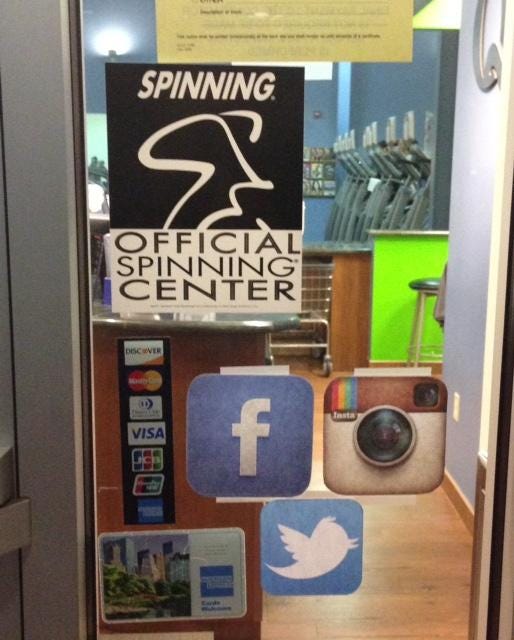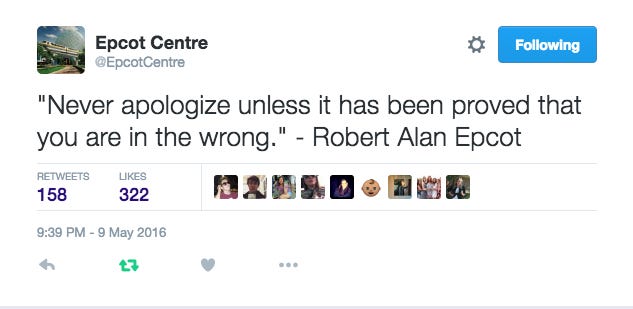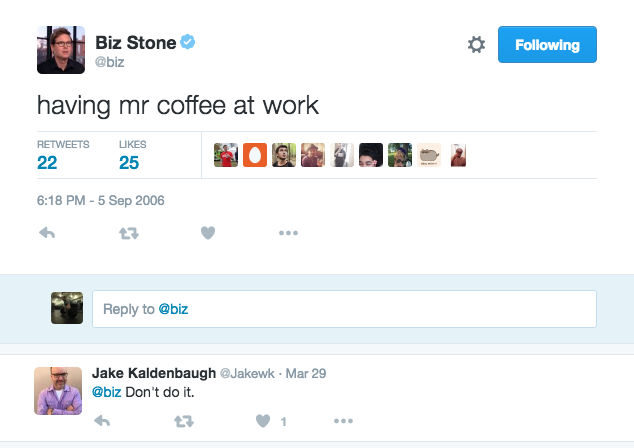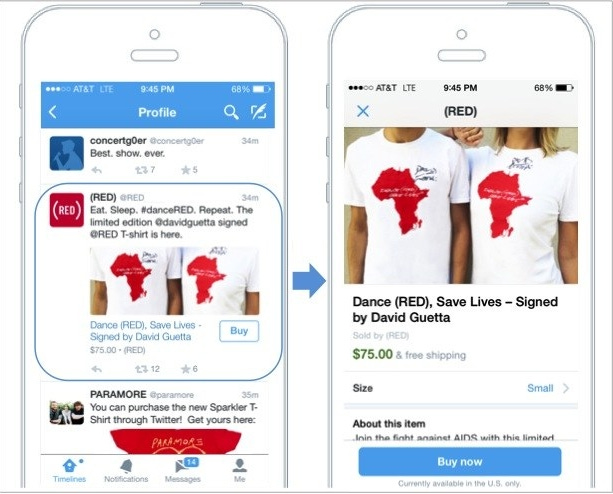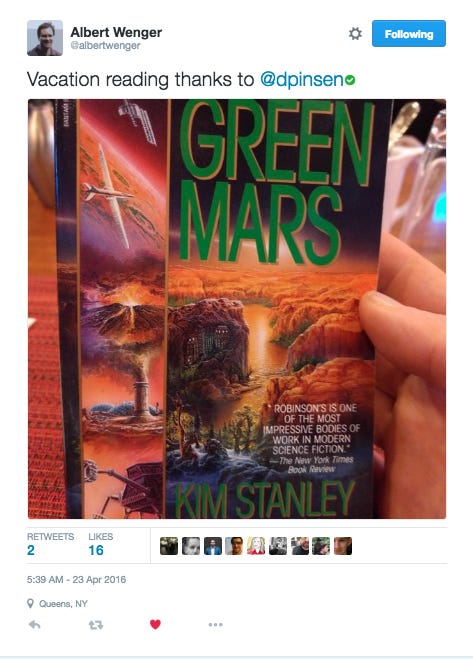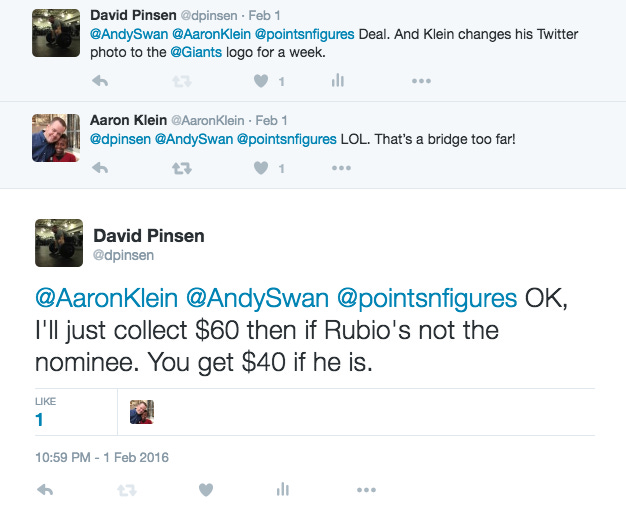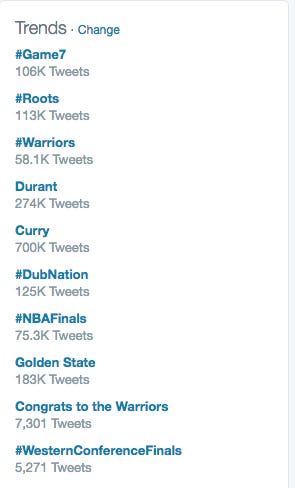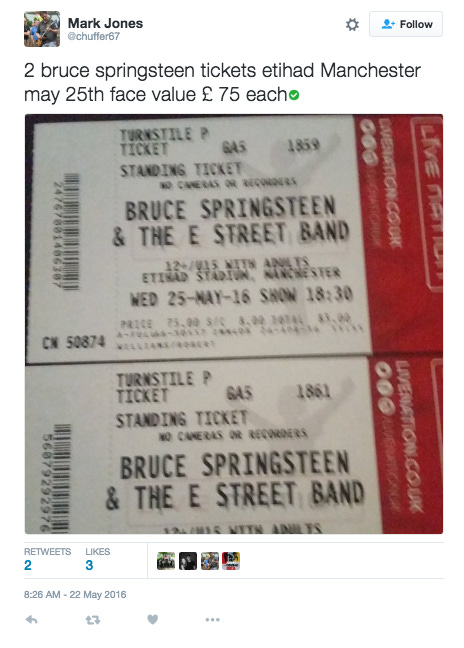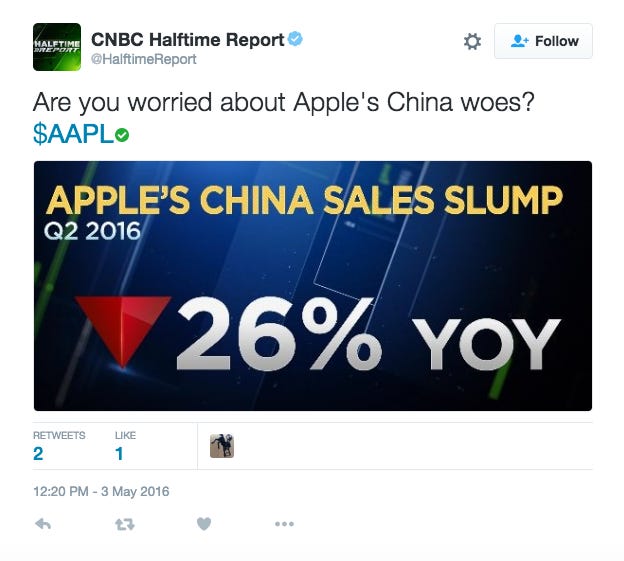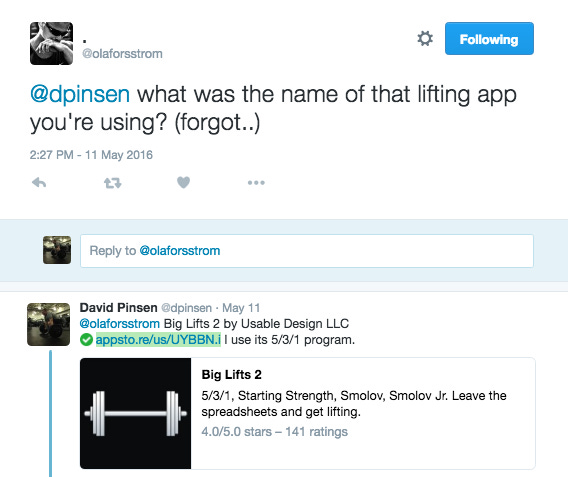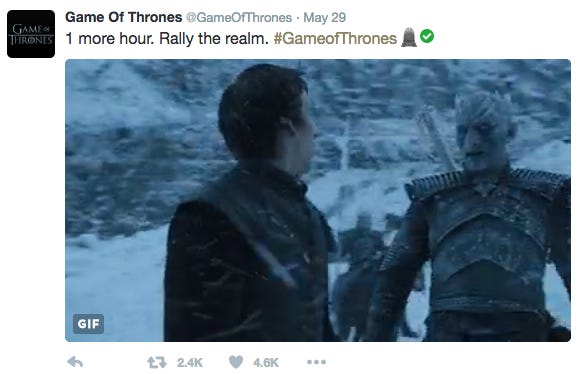Better Ways To Monetize X
Instead of incentivizing slop and rage bait.
Addictive, Enraging, But Profit-Making
As X user “Marmot Respecter” pointed out today, new changes to X’s algorithm have made the site worse.
So why even use X? One reason is it makes us money:
There’s A Better Way To Run X
There are ways X could make money for itself and compensate its users without incentivizing slop or rage bait. I wrote about them several years ago, when X was still Twitter. I’m sharing that post below, because most of these recommendations are still relevant.
Twitter Is A Potential Gold Mine
Jun. 1, 2016 10:14 AM ET
Summary
As Twitter shares languish near their all-time lows, some analysts have predicted the company’s doom.
Despite its struggles as a business and a stock, Twitter has succeeded in creating an addictive platform for more than 100 million daily users.
We look at why Twitter is so addictive and how the company may be able to generate more revenue from its users.
The Most-Advertised Company In History
In a recent Medium post (”Twitter Might Be The Most-Advertised Company In History And They’re Still F***ing It Up”), which I found via this tweet, Jon Hendren noted how ubiquitous Twitter (NYSE:TWTR) has become before laying out how badly the company was being managed:
“The little blue bird logo appears everywhere. On TV, Twitter usernames are listed below the real names of news anchors, athletes and politicians. On billboards and in commercials, even the most mundane cream cheese and snow tire companies beg us to log on and use their hashtags to #JoinTheConversation. “Come use Twitter with us!” public figures and organizations plead, almost in unison. You cannot escape the constant demand - coming from practically everywhere - for your presence on Twitter.
The little blue bird logo is everywhere in real life too. Here it is on the front door of my gym, alongside logos for American Express (NYSE:AXP), Visa (NYSE:V), Facebook (NASDAQ:FB), and Facebook’s Instagram.
For those who aren’t heavy users of the platform, Hendren gives a good summary of its appeal:
“Gone are the days of refreshing CNN.com or whatever during current events. It’s faster and easier to find the journalist closest to today’s disaster and watch their Twitter feed instead. And while that journalist will certainly have a published article up within the next 15 or 20 minutes at their day job, their tweets on the subject have probably already been retweeted a few thousand times and seen by a couple million people. And if you believe the typical information addict is going to go back to refreshing individual blogs and news sites, that’s ridiculous.
One example of what Hendren describes above: During the terrorist attack on the Westgate Mall in Kenya a few years ago, a Western photojournalist happened to be nearby on his day off. The first photos and information from him about the attacks came via Twitter.
“The Fav-and-RT-based serotonin reward system unintentionally built into Twitter also has the side effect of forcing introverts to obsessively write pithy jokes for huge audiences for free, day in and day out. Free funny content! Sometimes by actual comedians you’ve heard of! And some of those times, from good comedians! Users don’t even have to do anything special to gain access to that, they just open Twitter and read it. Free content shoots out like a firehose.
To elaborate on Hendren’s comment about free funny content, in addition to famous comedians, plenty of writers for TV comedies are on Twitter. There are also funny parody accounts, including Chris Murphy’s Epcot Centre. Here’s one of his tweets:
After giving you a sense of Twitter’s range and appeal, Hendren suggests a reason why it’s been a lousy business. Essentially, Twitter is an emergent product - its founders had no idea what it would become:
“The concept of Twitter is genius, despite the initial plans for the platform by Twitter Inc. being, well, stupid [a screen capture of the hyperlinked tweet by Twitter co-founder Biz Stone is below].
There was some enthusiasm when Biz Stone’s fellow Twitter co-founder, Jack Dorsey, returned as CEO, but given how Twitter has become something neither of them planned, investors shouldn’t have expected @Jack to have any magic beans.
A Potential Gold Mine
Hendren doesn’t offer a lot of advice for how Twitter can become a successful business, but I’ll try here. In a nutshell, Twitter should facilitate commerce between its users and take a slice of the revenues. Yes, I know that Twitter considered a “buy” button and, per Buzzfeed, has backed away from that. But that sort of buy button (pictured below, via Buzzfeed) isn’t what I have in mind.
What I’m talking about is something more organic, not an advertisement to buy within a promoted tweet. Here are a few examples.
Buy A Book
Consider the tweet below, from Albert Wenger.
What if when Albert wrote that tweet, Twitter detected the word “reading” and prompted him to enter the name of the book in the field? Then Twitter could include a buy button so some of Albert’s 36,600 followers could buy Kim Stanley Robinson’s Green Mars novel directly through the platform. Think about how this would be different from the ad shown above.
This wasn’t a promoted tweet from a company; you would have only seen it because you followed Albert, or you followed one of his followers who shared it. And Albert is not in the business of selling books; the button would just give you an easy way of getting a copy of what he was reading. As a bonus, Albert would get a small commission on the sale, sort of how Amazon (NASDAQ:AMZN) affiliate links work now.
Make A Bet
In early February, Riskalyze CEO Aaron Klein was so confident that Marco Rubio would win the Republican nomination that he made the bet below with me.
Aaron kept his word, and sent me $60 via Dwolla when Rubio dropped out of the race. And Twitter got none of it.
Now, I realize there are legal issues surrounding betting, but there are also legal ways of facilitating it in different jurisdictions. It’s not something Twitter could offer everywhere, but it’s certainly something it could offer in some places. Perhaps, in the US, Twitter could partner with PredictIt to offer betting on politics? Perhaps it could partner with another company to offer sports betting where it’s allowed? Consider all of the tweets sent about the NBA’s Western Conference victory by the Golden State Warriors on Monday night:
You know some percentage of those hundreds of thousands of Twitter users watching the game had some wagers on it. Twitter made no money on any of that action.
Sell Your Tickets
Did Twitter user Mark Jones manage to sell his tickets to Bruce Springsteen’s show at Etihad Stadium in Manchester?
I don’t know. But I do know what share of the proceeds Twitter got if he sold them: zero pounds.
Hedge Your Bets
What if when CNBC’s Halftime Report wrote the tweet below, when Twitter detected the combination of the word “worried” and the cashtag (a stock ticker preceded by a dollar sign), it asked if it would like to include a link to buy the Portfolio Armor iOS app?
Of course, since it would require coordination with Apple (NASDAQ:AAPL) (and with Alphabet (GOOG, GOOGL) for Android apps) to offer apps, it raises the question of why Apple and Alphabet would agree - and why accounts would include the buy link. The answer is that Twitter could make it profitable for accounts to include the link without costing Apple or Alphabet anything - just take it out of the app developer’s cut. Instead of getting 70% of the proceeds from the sale of the app, the developer could get 50%, and 10% could go to Twitter and 10% to the account including a buy link in its tweet.
As in the book example above, this would be organic rather than an interruption by the seller of the product. You’d only see the embedded ad for the app (perhaps smaller than the example above) if you followed the account tweeting or retweeting it, and that account is going to be judicious in including embedded app ads, because they won’t want to alienate (and lose) followers.
App sales can also be facilitated by individual accounts. Actually, they already are. Here’s an example:
How much did Twitter get when Ola downloaded the Big Lifts 2 app? You know the answer already: $0.
Buy Someone A Beer...
Twitter is a virtual gathering place for people watching live events, such as the NBA Finals, or appointment television such as Game of Thrones.
What if, whenever someone tweeted one of the hashtags related to the event, a little beer mug icon appeared in their tweet, and by clicking it, you could buy that person a beer, which he could redeem in a local bar? In Islamic countries where alcohol is banned, Twitter could substitute a culturally appropriate beverage, such as a noon chai.
... Or A Coffee
Imagine you live in Chicago and your college student daughter tweets about studying for her finals from a Starbucks (NASDAQ:SBUX) store near her school in Los Angeles. What if a little Starbucks cup icon appeared in her tweet, and by clicking on it, you could buy her a coffee (or an $x credit she could redeem for whatever beverage and snack she wanted there)?
Conclusion
Twitter is the world’s biggest pub. Imagine if it sold drinks.
Some of the ideas mentioned here might not work. Why not find out? Test them with sample sizes of 5% or 10% of the daily active users and see what sticks. Twitter is already facilitating commerce outside of its ads. Why not get paid for it?



